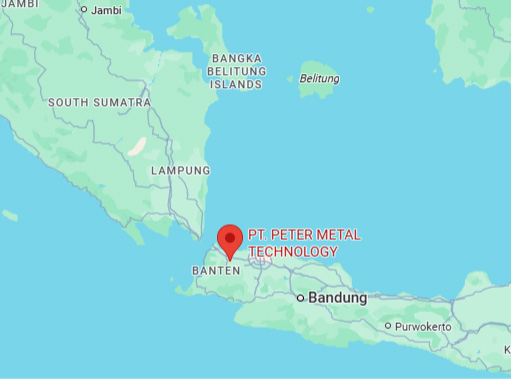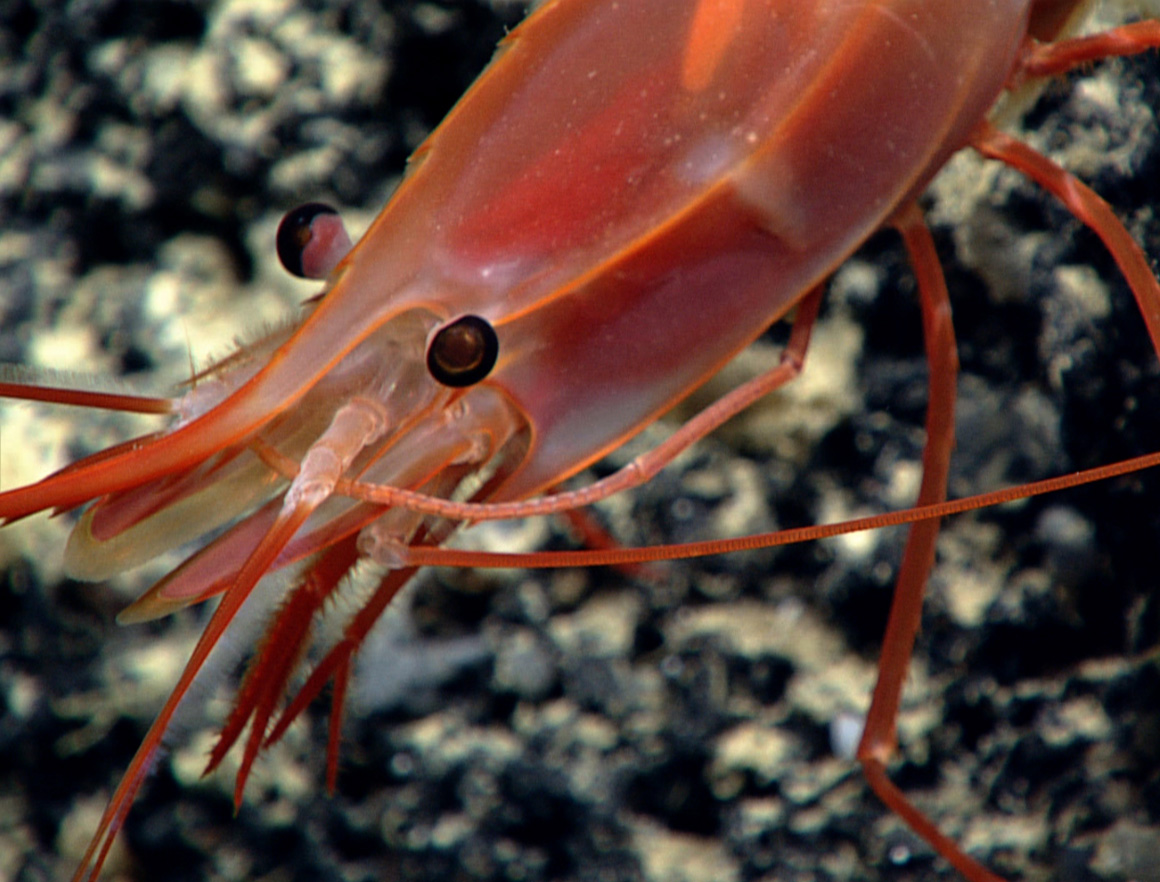Update on the radioactive shrimp story – a possible culprit?
Hey Doc – I saw your piece about the radioactive shrimp and was wondering if anything’s new going on with that particular incident. Thanks!
You know, with everything else happening the last few months, this one had slipped my mind. Here’s what I was able to learn…and thanks for giving me the opportunity to catch up!
On Oct 2nd, a story in Reuters reported that the Indonesian government seems to have identified a scrap metal plant as the origin of the contamination and was still investigating its extent. Thus far they’ve identified 10 contaminated areas with what’s reported as “high levels of exposure,” although no actual measurements are reported. The government has also been testing local residents and workers working in the area for exposure to radioactivity; of 1500 people tested, only nine have been found to have been exposed and receiving medical treatment. Here, too, details about the treatment aren’t provided but, for Cs-137, the most likely treatment is to administer Prussian blue (potassium ferrocyanide), which scavenges cesium from the body. One interesting side effect of this treatment is that it turns the patient’s stools blue, which can be a surprise if the patients have not been warned.
The plant that’s been identified as the epicenter of the contamination, PT Peter Metal Technology (PT PMT), processes non-ferrous scrap metal, which can certainly include common radiation shielding materials such as lead, depleted uranium, or tungsten.

This suggests the Cs-137 came from a source from an industrial licensee – perhaps from an industrial radiography firm or an industrial process control device – possibly inside its protective shield, that ended up in the scrapyard; once there, it might have been damaged somehow, although it’s possible the device that contained the source might have been crushed, mangled, or sliced open at some point…or it might simply have been melted if that’s one of the processing options PT PMT offers.
Events like this aren’t unheard of, although they are rare. I’ve been peripherally involved in only a small handful in the 40+ years I’ve been doing radiation safety. One was a half-century-old radium source that found its way into a railroad gondola car; that source triggered a radiation alarm at a scrap metal plant in Indiana sometime around the turn of the century and the car was sent back from the plant. As an aside, this is why there are so few sources that end up in scrap metal in the US, Europe, and much of the developed world – most of the scrap metal yards have radiation detectors to scan incoming metal for radioactivity. But these detectors aren’t cheap and, given the rarity of this sort of event, in a poor nation it’s tempting to simply trust that a rare accident will pass your plant by.
The second time I ran into something like this was when, in India in 2010 some Co-60 source pellets in a irradiator at a hospital in New Delhi were lost. Most of the pellets (each about the size of a BB) were recovered by the Indian authorities but a few made their way into a batch of stainless steel, some of which made its way to the US (among other nations). I ran into some of the contaminated steel in a store in NYC shortly after it was first discovered in the US; in my third run-in with a scrapyard radioactivity incident, I ran into some more of the contaminated stainless steel several years later when a colleague gave me a stainless-steel soap dispenser contaminated with Co-60. I still have it, by the way – I use the soap dispenser when I train emergency responders to help make the point that, sometimes, radioactive sources can look like ordinary objects.
In 1998, the Acerinox scrap plant in Los Barios Spain melted a Cs-137 source into a batch of scrap metal, emitting a Cs-137 plume that was detected as far away as Italy. In the Indonesian incident, I haven’t yet found any solid information as to how the Cs-137 made its way into the sea; it seems most likely that the source was melted as happened in Spain in 1998 with the volatile cesium released into the atmosphere and blowing out to sea, where it dissolved into the seawater. If this was the case, there might also be contamination on the ground beneath the path taken by the contamination plume.
As far as the impact on food goes, there’s been some Cs-137 found in cloves from Indonesia. While the reported concentrations are higher than those found in the contaminated shrimp (732 Bq/kg), they are still lower than the limit for human consumption (1200 Bq/kg) and pose very little risk to anyone who might consume them. Or, to make it personal, I had some shrimp a few days ago and used cloves to flavor my applesauce – and I wasn’t even slightly tempted to survey either shrimp or cloves before eating them.
